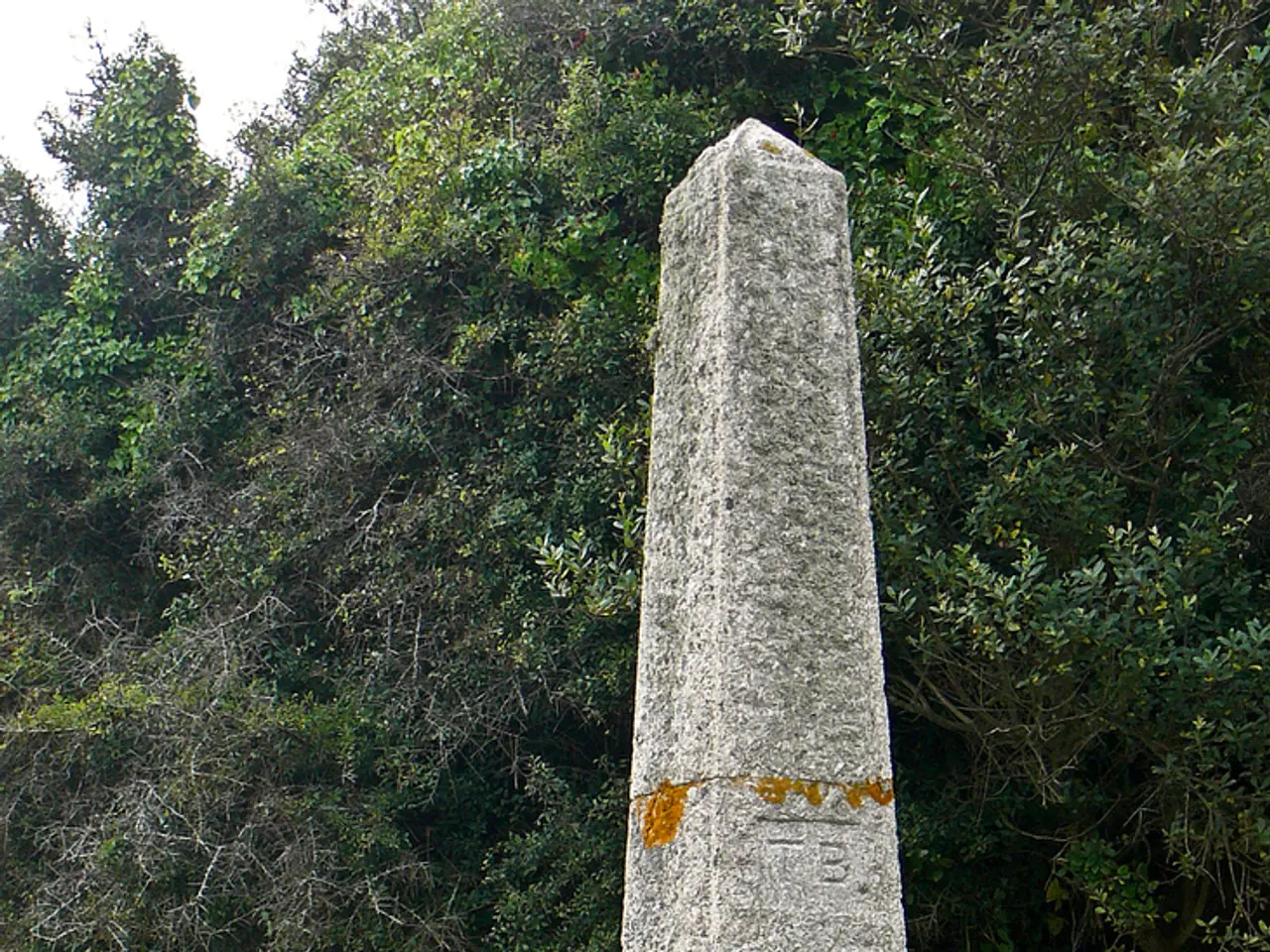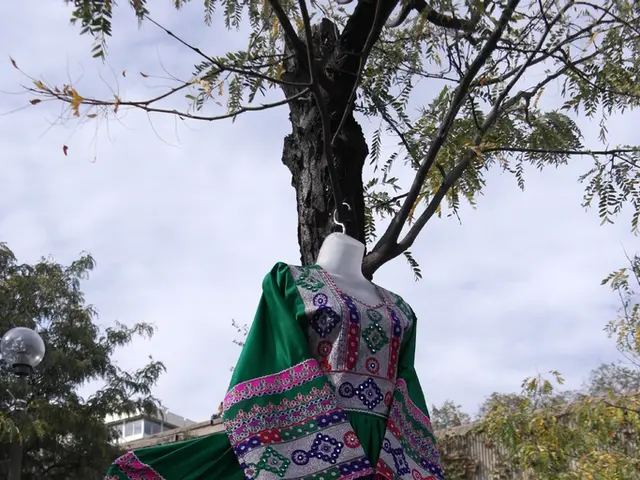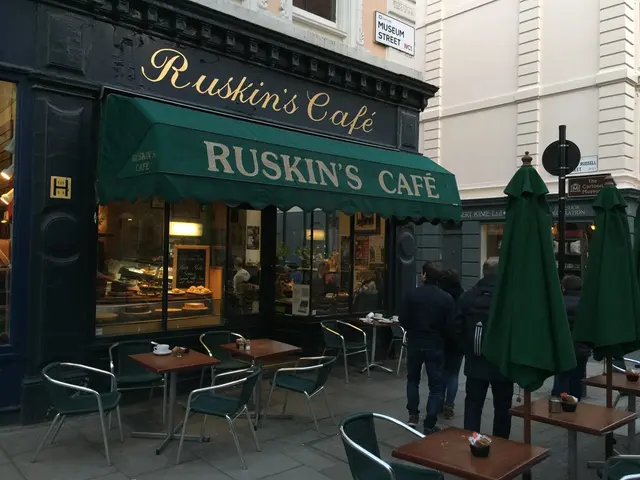Explore 5 awe-inspiring ancient British landmarks you shouldn't miss!
The British Isles are home to a wealth of historical treasures, with Neolithic and Bronze Age sites holding a rich and complex history intertwined with prehistoric architecture, rituals, and evolving societal practices. Here's a detailed overview of key sites and their secrets:
### Stonehenge and Avebury
Located in the South of England near Salisbury, **Stonehenge** is an iconic prehistoric stone circle believed to have been a site for ceremonies and astronomical observations. Dating from around 3000 BC, this monument was built by Neolithic farming communities who notably isolated themselves from continental Europe's technological advances around this time, despite access to innovations like metallurgy and the wheel.
Nearby **Avebury** is the largest megalithic stone circle in the world, consisting of about 180 standing stones arranged within an embankment. Like Stonehenge, Avebury served possibly ritualistic, social, and communal functions in Neolithic Britain.
### Chysauster Ancient Village, Scorhill Stone Circle, and Shovel Down
These sites in the UK represent Bronze Age and late Neolithic settlements and ritual landscapes. For example, stone circles like **Scorhill** and areas like **Shovel Down** in Devon provide evidence of continued ceremonial and communal activities dating back thousands of years. They often contain arrangements of standing stones and burial mounds, highlighting ritual significance and possibly territorial or cosmological markers.
### Pembrokeshire's Neolithic Heritage
Pembrokeshire, a coastal region in South-West Wales, is noted for its rich Neolithic heritage, including ancient stone circles, burial chambers, and settlements. These sites illustrate the spread of early farming communities and their complex relationship with the landscape, emphasizing ritual, social structure, and agricultural developments.
### Scotland's Giant Neolithic Timber Hall and Bronze Age Hoard
Recently discovered in Scotland near Carnoustie is the largest early Neolithic timber hall found in the UK, dating from around 4000 BC. This massive structure (35m long by 9m wide) with sophisticated oak construction predated Stonehenge by about 1000 years and likely served as a gathering place for rituals and communal activities.
At the same location, archaeologists also found a rare Late Bronze Age metalwork hoard (c. 1118–924 BC), including a bronze sword in its original wooden scabbard, a gold-banded spearhead, and other high-status items. These objects likely had both ceremonial and practical uses, indicating a society with hierarchical status and complex craftsmanship. The hoard’s preservation due to copper’s antimicrobial properties is exceptional.
### Context and Cultural Significance
The Neolithic period in Britain was characterized by farming, settled communities, and monumental constructions like stone circles and timber halls. Around 3000 BC, Britain uniquely cut itself off from continental Europe in what has been dubbed a "Bronze Age Brexit," choosing a path of isolation despite available innovations.
The construction of stone circles, burial sites, and timber halls reflected sophisticated social and ritual life. These places served not just as communal centers but also as symbols of power, belief systems, and possibly astronomical knowledge.
These combined archaeological insights reveal that the UK's prehistoric sites were not merely static monuments but dynamic centers of culture, social hierarchy, and spiritual life spanning thousands of years from the Neolithic into the Bronze Age.
In summary:
| Site | Period | Key Features | Significance | |---------------------------|-----------------|----------------------------------------------------|-----------------------------------------------------| | Stonehenge | Neolithic | Iconic stone circle, astronomical alignments | Rituals, social cohesion, isolation from continent | | Avebury | Neolithic | Largest stone circle, embankment | Social and ceremonial functions | | Chysauster Ancient Village| Bronze Age | Ancient village remains | Settlement patterns and social organization | | Scorhill Stone Circle | Bronze Age | Standing stones circle | Ritual and communal use | | Shovel Down | Bronze Age | Burial mounds and stone arrangements | Burial and ritual landscape | | Pembrokeshire Heritage | Neolithic | Stone circles, burial chambers | Early farming community and ritual landscape | | Carnoustie Timber Hall | Neolithic | Largest timber hall in UK | Major communal and ritual site predating Stonehenge | | Late Bronze Age Hoard, Carnoustie | Bronze Age | Bronze sword, spearhead, and gold artifacts | High-status craftsmanship and ceremonial use |
These discoveries continue to unravel the mysteries of prehistoric Britain’s social structures, belief systems, and technological development.
For more information about Pembrokeshire Coast National Park and Castell Henllys Iron Age Village, visit [www.pembrokeshirecoast.wales](http://www.pembrokeshirecoast.wales). To learn about Pentre Ifan Burial Chamber, visit [cadw.gov.wales](http://cadw.gov.wales).
En-vols in one's lifestyle could include visiting historical sites such as Stonehenge and Avebury, situated in home-and-garden settings that are now parks, providing a unique blend of prehistoric architecture and modern landscapes. Alternatively, travel to Scotland's countryside might lead one to discover hidden gems like the giant Neolithic timber hall near Carnoustie, offering a glimpse into prehistoric communal life and rituals.






